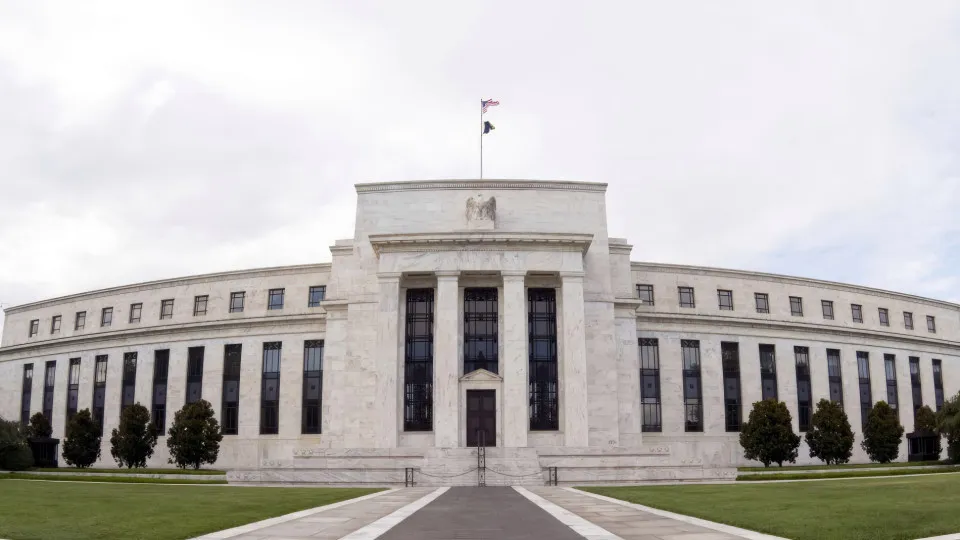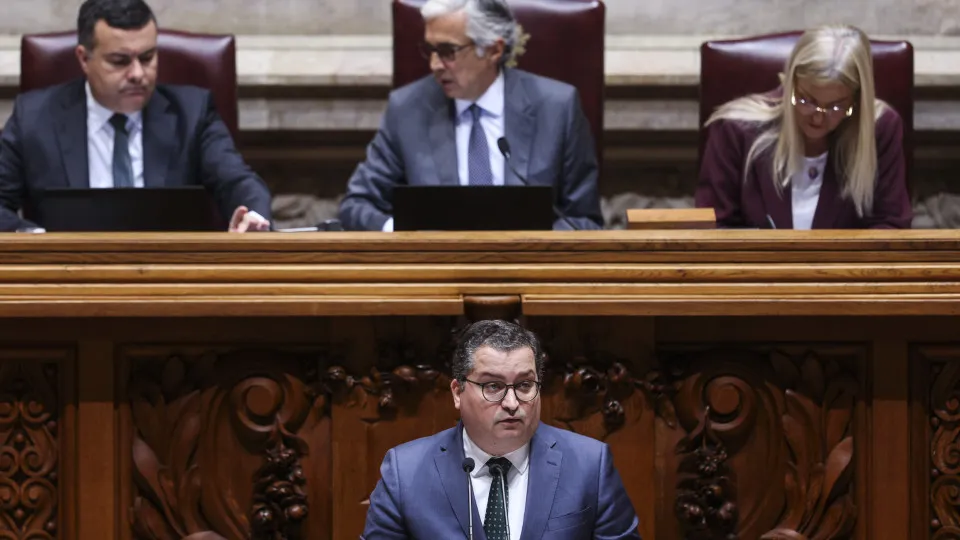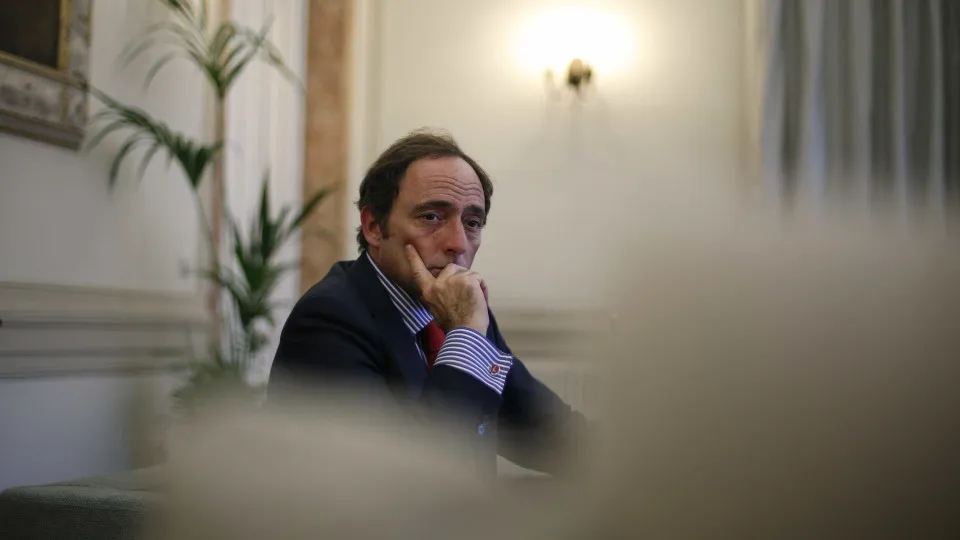
If confirmed, this would mark the second adjustment of the year to the central interest rates, which currently stand between 4% and 4.25%.
The budget impasse (‘shutdown’) in the United States, which seems far from resolution, has stalled the release of numerous statistical data, particularly indicators related to unemployment and the personal consumption expenditures (PCE) price index—the latter being closely monitored by the Fed for monetary policy direction.
Without updated data, the Fed faces greater difficulty in accurately assessing the true state of the American economy, particularly in fulfilling its dual mandate: achieving full employment and capping inflation at 2% annually.
The U.S. labor market has shown signs of a slowdown, particularly in new hires, which poses a risk to the economy. Some analysts note that only a drastic decrease in migration flows has prevented an increase in unemployment, which reached 4.3% in August—the last month for which data is available.
Unemployment and inflation may not be the only challenges for the Federal Reserve, according to Diane Swonk, chief economist at KPMG.
“The Fed must also manage the liquidity issue in financial markets while trying to handle its significantly expanded balance sheet,” Swonk emphasizes. In the event of economic slowdown risks, a central bank might initiate quantitative easing and conduct asset purchases in markets to inject liquidity.
Having opted for this course during the 2008 financial crisis and the COVID-19 pandemic, the Fed embarked on a phase of quantitative tightening, withdrawing liquidity and returning part of the acquired assets to the market.
Michael Krautzberger, an analyst at AllianzGI, agrees that the debate over ending quantitative tightening is likely to intensify by the year’s end, with the Fed’s balance sheet reduction expected to conclude by the first quarter of next year.
“This would signal a shift to more accommodative liquidity conditions, reducing pressure on funding markets,” opines Florian Späete, an analyst at Generali AM, who anticipates an early end to quantitative tightening and subsequent liquidity improvement allowing for “a soft landing of the U.S. economy as the eurozone moves toward a gradual recovery.”
Following a nine-month pause, the Fed resumed its rate-cutting cycle in September, emphasizing its full employment mandate. Chairman Jerome Powell described the move as a “risk management cut,” easing monetary policy to mitigate potential risks in the labor market, despite persistently high inflation.
The Federal Open Market Committee (FOMC) comprises 12 members: the seven members of the Board of Governors of the Federal Reserve System, the president of the Federal Reserve Bank of New York, and four of the remaining 11 Reserve Bank presidents, who serve one-year terms on a rotating basis.




